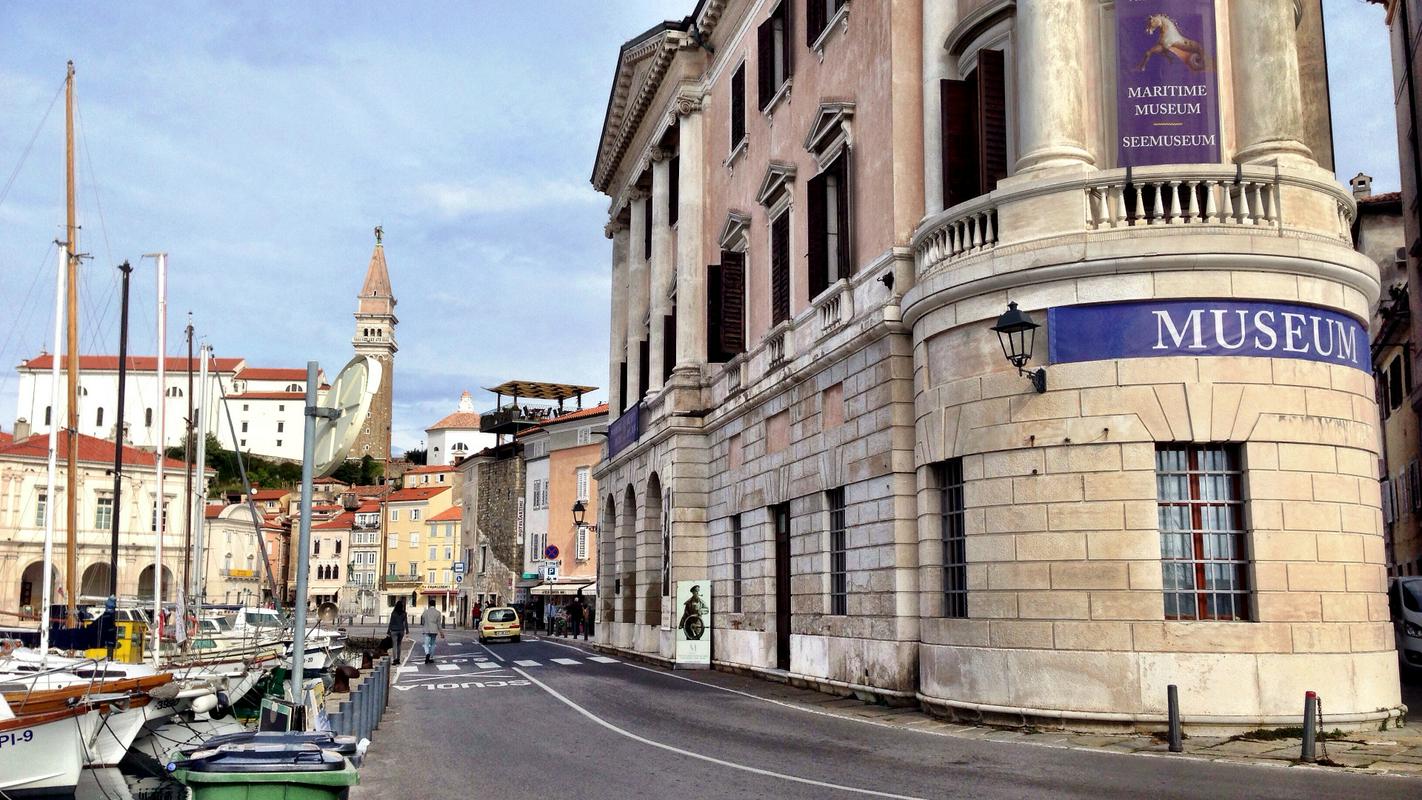
Slovenia may be best known for its mountains, but its people also have a long tradition of living on and with the sea. Despite the relative shortness of the country’s seacoast, Slovenians have made a living from the bounty of the Adriatic Sea for generations. With several facilities scattered throughout the coast, the Sergej Mašera Maritime Museum sheds light on this often overlooked but important part of Slovenia’s heritage.
The tour of the museum’s main building in Piran, the neo-classical Gabrielli Palace, begins with archeological items that tell stories aboutseafaring in ancient times, and then continues with various objects that illustrate the development of fishing in the era.
One section is devoted to the little-known but significant role played by Slovenian sailors in the Austro-Hungarian and Yugoslav navies. After all, Sergej Mašera, for whom the museum was named, was a Slovenian naval lieutenant who gave up his own life to prevent his ship from falling into the hands of the Italians at the start of World War II. Model ships help visitors understand the changing technology of naval warfare and trade. Other objects on display include navigation instruments, uniforms, photographs, and an extensive library of books and manuscripts related to life on the sea.
The museum also operates an exhibit at the Sečovlje Salt Pans, not far from the resort town of Portorož. The collection is devoted to several centuries of salt production in the area. Visitors can learn how salt has historically been harvested by hand from evaporated pools – a laborious process that continues to live on, albeit on a smaller scale.
Meanwhile, the nearby Tona’s House provides a first-hand glimpse of Mediterranean life a few kilometers inland from the coast. The old building is well preserved inside and out, and still features an olive press that once provided a livelihood to the family who lived there. Together with orchards and vineyards, olive groves were an important source of income for the area, and local women would frequently sell their homegrown produce in the cities.
A salt storage facility near the town of Piran contains an exhibition devoted to ship building and its importance to coastal towns of the Adriatic. The development of shipbuilding is also the subject of a collection of model ships in the town of Izola.
Through its various exhibits, the Maritime Museum, established in 1954, reminds visitors that life in southwestern Slovenia has always been shaped by the sea – its waters and its climate.


































































